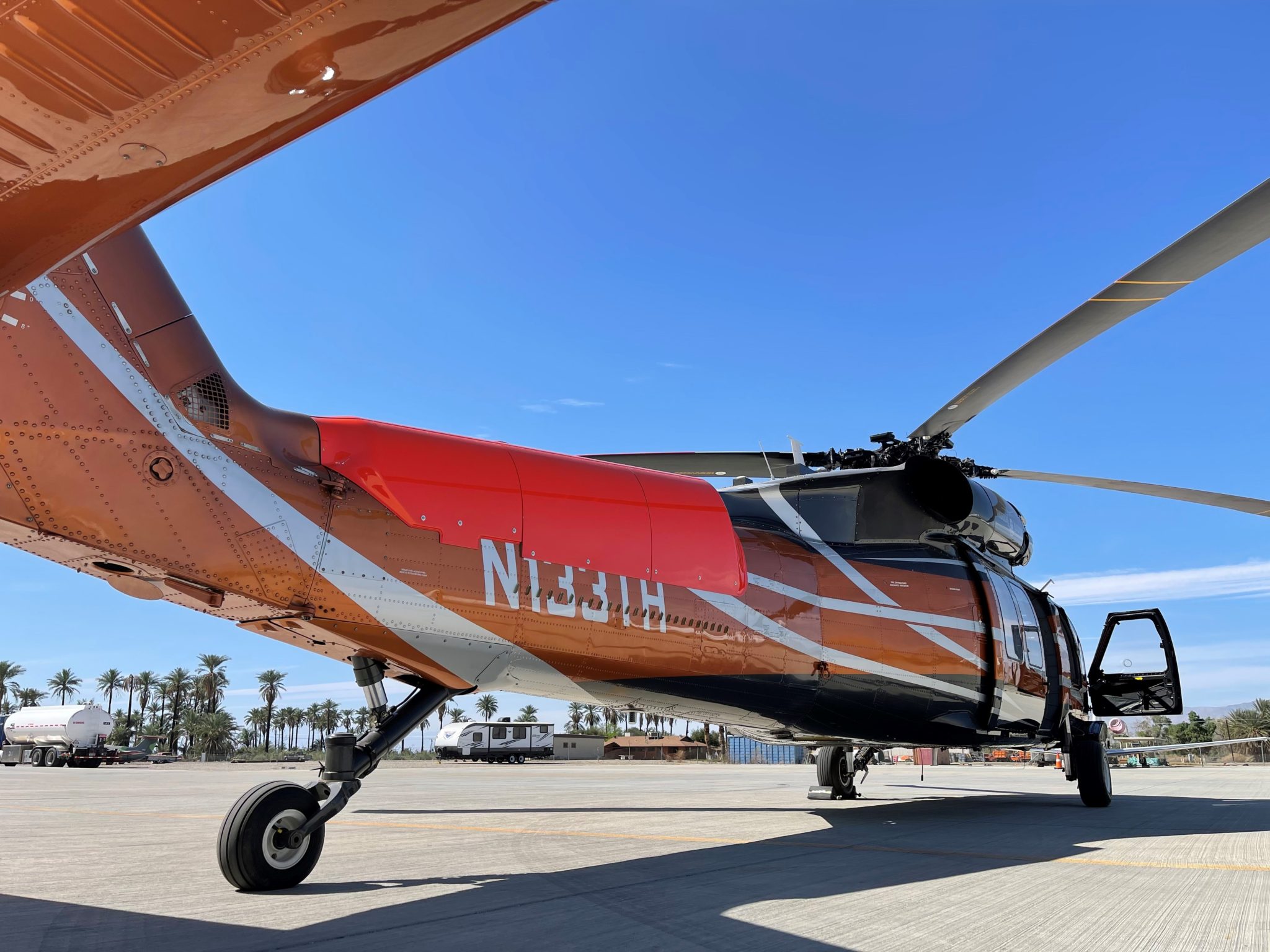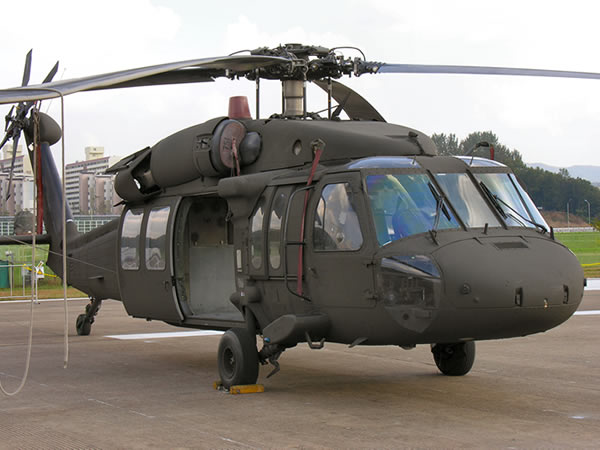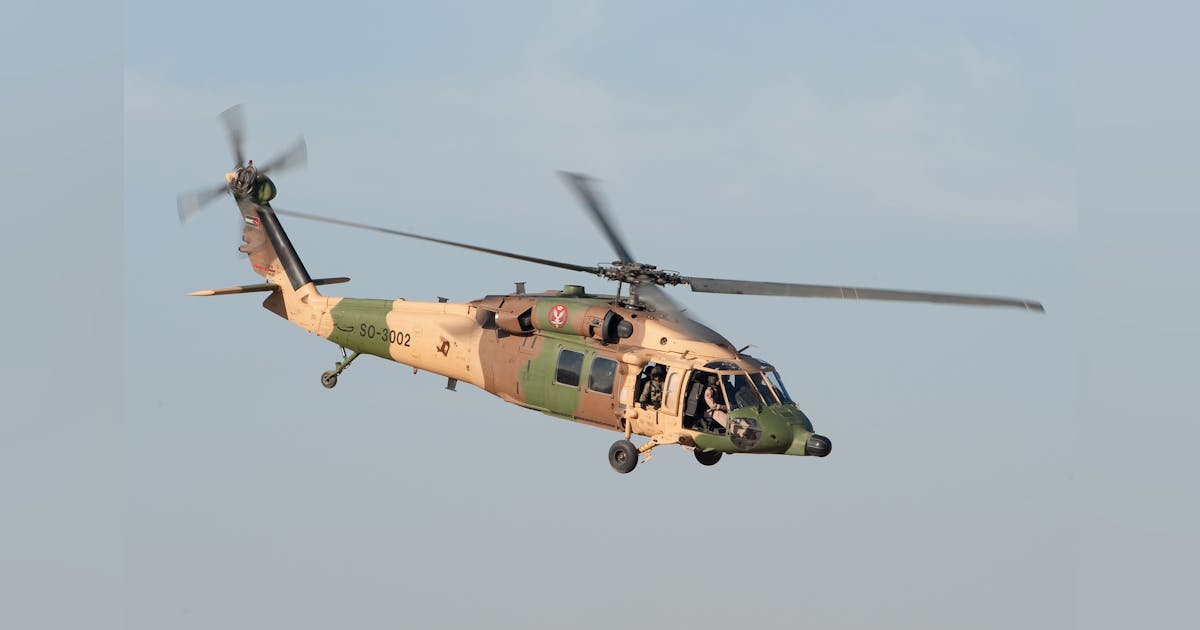UH 60 Helicopter Overview: Key Features and Capabilities for Military Missions
UH 60 Helicopter Overview: Key Features and Capabilities for Military Missions
Blog Article
Checking Out the History and Development of the UH 60 Helicopter

Origins of the UH-60
The beginnings of the UH-60 helicopter can be mapped back to the late 1960s, a duration noted by the demand for a functional energy airplane that can adapt to the developing demands of contemporary warfare. The U.S. Army recognized the requirement for a replacement for the older UH-1 Iroquois, which was ending up being significantly poor for the intricacies of modern fight circumstances. In 1967, the Army initiated the Utility Tactical Transport Airplane System (UTTAS) program, which looked for to establish a multi-role helicopter with the ability of different objectives, consisting of troop transport, medical evacuation, and logistical support.
The UH-60 Black Hawk was presented, showcasing ingenious style aspects and advanced modern technology that established it apart from its predecessors. The UH-60 rapidly got recognition for its robust performance, dependability, and adaptability, leading the way for its considerable use in army operations and strengthening its condition as a cornerstone of United state Army aeronautics.
Key Layout Functions
Cutting-edge style functions of the UH-60 Black Hawk dramatically add to its operational performance. One of one of the most significant elements is its twin-engine arrangement, which boosts reliability and offers a higher power-to-weight ratio, making it possible for the helicopter to perform under various problems. The aircraft's four-blade major rotor system supplies improved lift and maneuverability, important for tactical objectives.

In addition, the cockpit is developed for optimum presence and comfort designs, featuring sophisticated avionics that enhance pilot operations. The modular layout of the UH-60 allows for easy upkeep and adaptability, making it ideal for different goal profiles, from troop transportation to medevac operations. These essential layout functions ensure that the UH-60 Black Hawk continues to be a dependable and flexible possession in armed forces aeronautics, with the ability of satisfying the needs of contemporary warfare.
Technical Developments
Current technological improvements in the UH-60 Black Hawk have actually significantly improved its operational capabilities and versatility. The integration of advanced avionics, such as electronic flight control systems and boosted situational awareness displays, allows pilots to operate with increased accuracy and efficiency. These systems facilitate boosted navigation, communication, and data sharing, making it possible for the helicopter to function properly in varied atmospheres.
Additionally, the intro of composite products has actually minimized the general weight of the aircraft while maintaining structural honesty. This decrease boosts gas performance and extends operational range. The incorporation of advanced rotor technology, consisting of the usage of four-blade, totally verbalized rotor systems, has actually improved lift efficiency and maneuverability, allowing for much better handling in different trip problems.

Additionally, advancements in propulsion systems, such as the T700-GE-701D engines, have increased power result and dependability - uh 60. These engines contribute to superior performance in high-altitude and hot-weather problems
Finally, the integration of self-defense systems and improved sensing unit plans boosts the Black Hawk's survivability and mission effectiveness. Jointly, these technical enhancements make sure that the UH-60 Black Hawk continues to be a crucial property in contemporary air travel, capable of adjusting to the evolving demands of military and altruistic goals.
Function in Armed Force Operations
As the foundation of U.S. Army aviation, the UH-60 helicopter plays a vital function in numerous army procedures, functioning as a versatile system for combat support, transport, and medevac goals - uh 60. Its design includes check my blog the capability to operate in varied settings, making it vital for army activity and logistical assistance in both standard and unique warfare

In clinical emptying situations, the UH-60 has proven important, significantly reducing the moment to deliver damaged soldiers from the field of battle to clinical centers. Its sophisticated avionics and night vision capacities better make sure objective success under challenging problems. In general, the UH-60 helicopter continues to be an essential possession, continuously adjusting to meet the advancing demands of military procedures and enhancing the performance of united state pressures worldwide.
Future of the UH-60
Looking ahead, the future of the UH-60 helicopter involves significant advancements in modern technology and abilities designed to improve its functional efficiency. As army operations progress, the UH-60 is expected to integrate cutting-edge modern technologies, including enhanced avionics, boosted weapons systems, and progressed interaction tools. These improvements will certainly permit better situational awareness and objective flexibility, guaranteeing that the UH-60 stays an essential asset on the combat zone.
One notable advancement is the assimilation of fly-by-wire systems, which will certainly boost flight control precision and minimize pilot work. Efforts to upgrade the airframe and engines aim to boost rate, haul, and array ability, thus expanding the helicopter's operational range.
The future also holds promise for raised interoperability with unmanned aerial systems (UAS), allowing worked with objectives that take advantage of both manned and unmanned capacities. Furthermore, the unification of fabricated knowledge and artificial intelligence can maximize trip dynamics and maintenance processes, bring about lowered functional expenses.
Final Thought
The UH-60 Black Hawk helicopter represents a significant success in army air travel, progressing from the U.S. Military's first demands for a versatile energy airplane. Its ingenious design attributes and constant technological advancements have actually guaranteed its relevance in numerous armed forces operations over the years. As the needs of modern check here war modification, the future of the UH-60 will likely include further improvements and adaptations, enhancing its condition as an essential possession for armed forces worldwide.
The UH-60 additional reading Black Hawk helicopter stands for a considerable turning point in armed forces aviation, arising from the U.S. Military's quest for an extra versatile and dependable energy aircraft in the late 20th century.The beginnings of the UH-60 helicopter can be traced back to the late 1960s, a period noted by the requirement for a functional utility airplane that can adapt to the progressing demands of contemporary warfare. Generally, the UH-60 helicopter remains a crucial asset, constantly adjusting to meet the progressing demands of armed forces procedures and enhancing the efficiency of United state pressures worldwide.
Looking ahead, the future of the UH-60 helicopter includes substantial developments in modern technology and capabilities developed to improve its functional effectiveness.The UH-60 Black Hawk helicopter represents a considerable success in military aeronautics, developing from the U.S. Military's first needs for a versatile utility aircraft.
Report this page